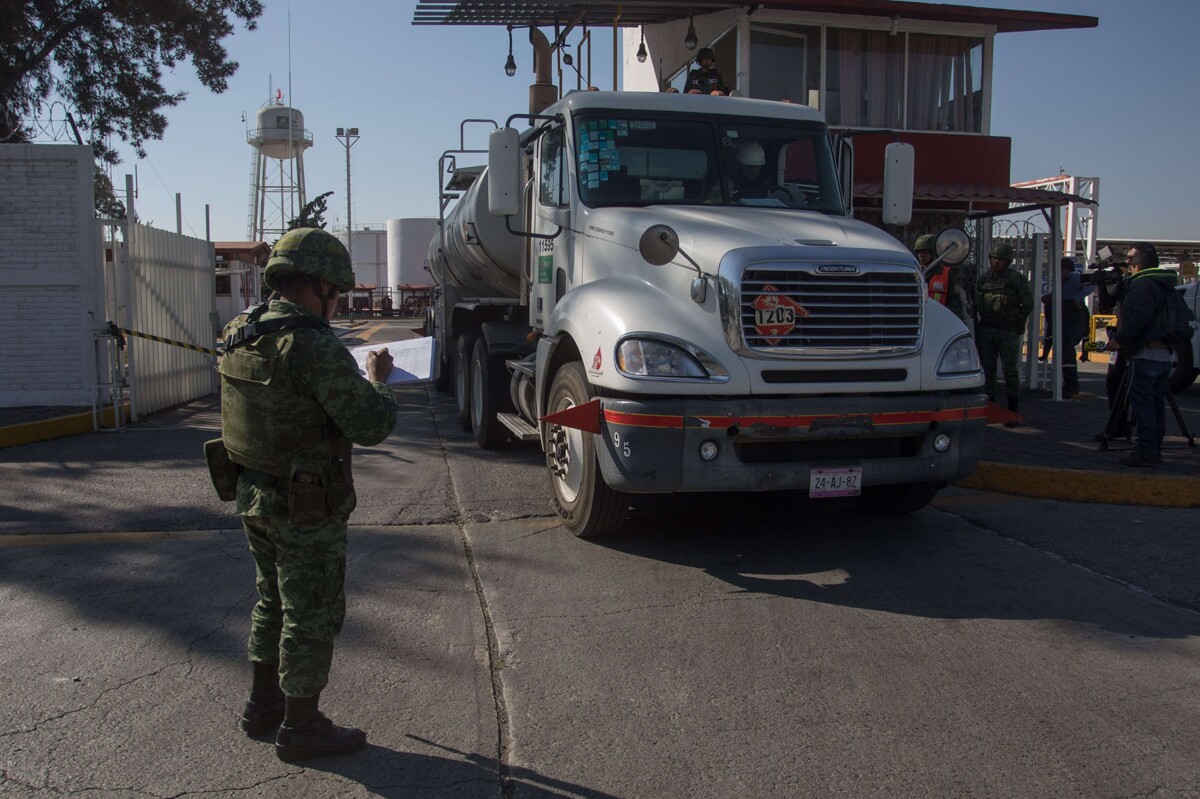
In municipalities where clandestine taps are found, the homicide rate is notably higher compared to those where no criminal activities for fuel extraction are detected. During López Obrador's administration, the figure stabilized. Of the clandestine taps located by the National Guard, 100% were abandoned. It is highlighted that this form of criminal activity, given the large number of people involved, has a significant impact on violence.
In certain municipalities, regions, and Mexican states, the geographical dispersion of criminal cartels and their social influence has been evidenced. Municipalities with clandestine taps are at least three times more violent than those where at least one homicide was recorded in the country. Eleven states concentrate 91.6% of these events, with Hidalgo, Jalisco, and Puebla being the most affected, among others.
The business of fuel theft has been increasing, involving entire families in one or multiple stages of the process. During Peña Nieto's government, the phenomenon accelerated and expanded. It is mentioned that in 2018 there was a presence of fuel theft in 348 municipalities, a figure that decreased to 293 municipalities in 2023. The penetration of organized crime in Mexico is alarming, with control of approximately one-third of the territory, according to statements from General VanHerck.
In municipalities with clandestine taps, 13,564 homicides were reported in 2023, representing 42.1% of the national total. The average number of homicides in these areas is considerably higher than in those without detected clandestine taps. The presented data highlights the importance of territorial control by criminal groups in the areas where they operate.
In the analyzed five-year period, 98.3% of the findings of clandestine taps were located in Puebla, Tlaxcala, State of Mexico, and Veracruz. The activity of fuel theft involves the participation of large groups in different phases of the crime, which generates violence in the affected areas. Future reports from the organization Signos Vitales will provide more information on this topic.
On the other hand, according to data from the Secretariat of Defense, findings of clandestine liquefied petroleum gas taps increased significantly from four in 2018 to 556 in 2023, demonstrating the ongoing expansion and persistence of the problem in the country.














